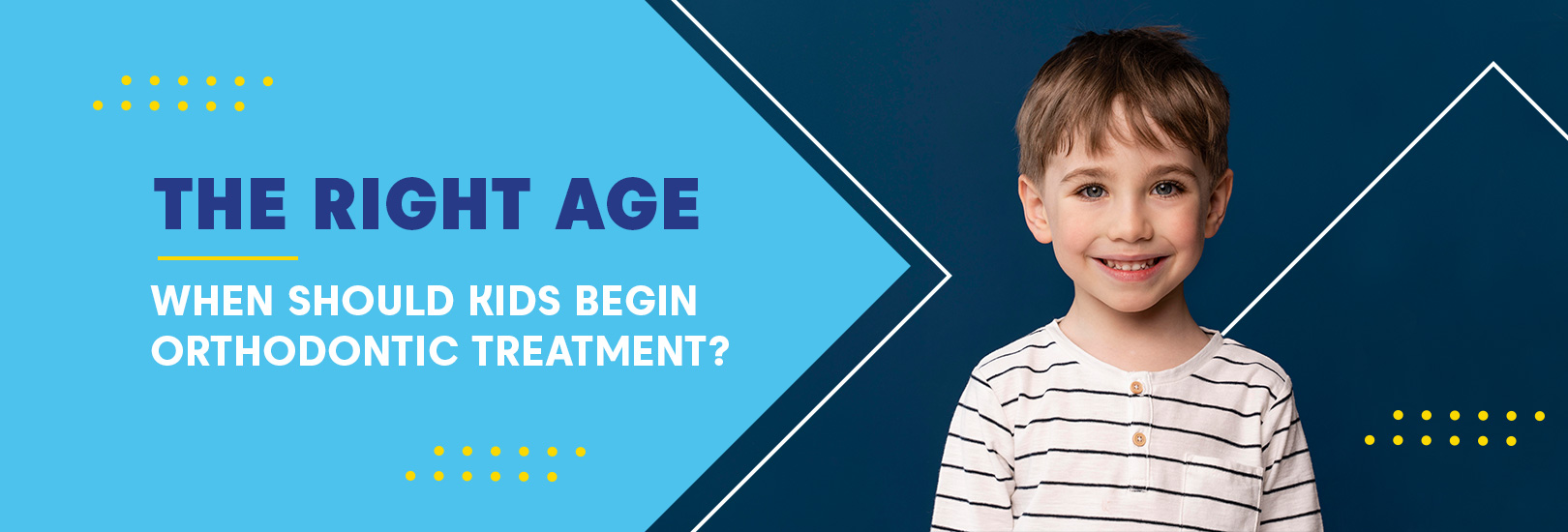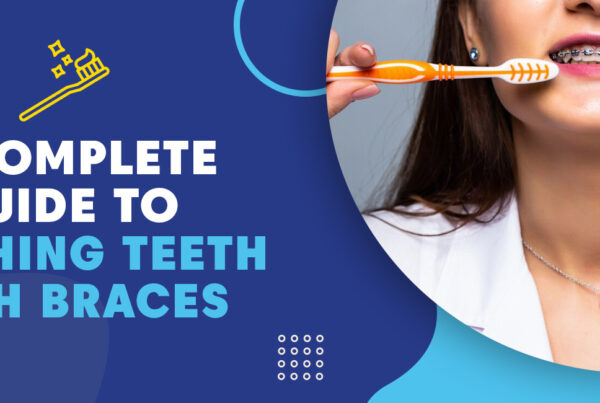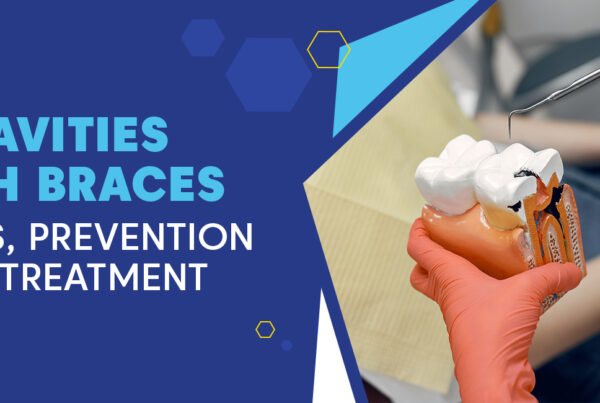- What Age Do Kids Get Braces?
- How To Tell If Your Kid Needs Braces
- Can A 7-Year-Old Get Braces?
- Factors Influencing The Timing Of Orthodontic Treatment
- When Should My Child Have A Consultation With An Orthodontist?
- Conditions That May Benefit From Early Orthodontic Intervention Include:
- Benefits Of Early Orthodontic Treatment
- Start Early, Smile Bright: Embark On Your Child’s Smile Journey With Orthodontic Experts!
- FAQs
Are you wondering when to start orthodontic treatment for your child? As parents, we want to ensure our children’s dental health is on track, but it can be challenging to know where to begin. That’s where Orthodontic Experts comes in. We understand the importance of early orthodontic intervention and tailored treatment plans.
In this comprehensive blog, we will address these questions and provide expert insights on the recommended age range for orthodontic treatment. We’ll explore at what can kids get braces, the best age for orthodontic treatment, the benefits of early intervention, the ideal age for the first orthodontic visit, and common questions parents have about orthodontic treatment for children.
What age do kids get braces?
The most common age for starting orthodontic treatment with braces is typically between 11 and 14 when a child has lost most of their baby teeth. Some orthodontists may recommend using dental appliances during a child’s younger years, followed by a shorter second phase of treatment with braces once adult teeth have fully grown.
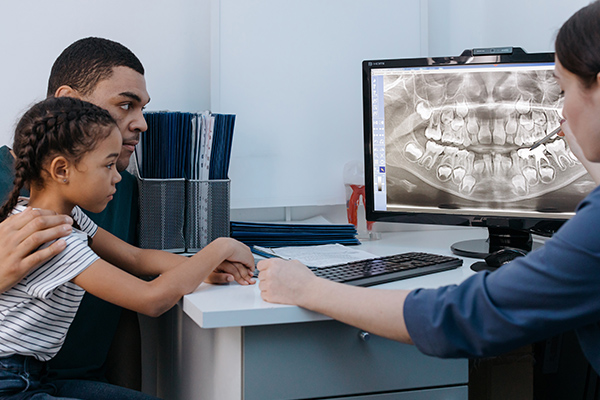
However, adults can benefit from orthodontic treatment as well, and there’s no right or wrong age for adults to get braces. Generally, once the adult teeth are in, braces are possible. There are, however, some rare instances in which orthodontics are appropriate earlier, such as before all the baby teeth have fallen out. It’s also important to know your child and if they will understand how to take care of braces.
How to Tell if Your Kid Needs Braces
Keep in mind that, as first teeth are falling out and adult teeth are erupting, those new teeth don’t always grow straight into their assigned spots. Often, they come in at an angle and straighten into position as they move and your child (and their mouth) grow. So please don’t panic or assume your child will definitely need braces based on the early appearance of adult teeth. But if you notice the teeth are remaining crooked or out of position or your child exhibits other signs previously mentioned, it’s a great idea to have your child evaluated by an orthodontist.
Can A 7-year-old get braces?

We know that it might seem early, but there are a few good reasons to get braces at 7, such as:
- Most kids around seven years old have lost some baby teeth but not many adult teeth.
- First set of adult molars (“six-year molars”) are growing behind the last baby teeth.
- Presence of both baby and adult teeth helps orthodontist assess baby teeth’s role in guiding adult teeth’s growth.
- Bite situation at this age provides insights into how the bite will develop and potential jaw/bite issues.
- Early identification of potential problems allows for treatment planning during childhood, preventing issues from worsening during teen years.
Factors influencing the timing of orthodontic treatment
- Dental Assessment: Regular dental examinations should be conducted by an orthodontist to identify any potential orthodontic concerns. Early signs of misalignment, overcrowding, or bite problems can be detected, and prompt orthodontic treatment can be recommended.
- Genetic Factors: Some dental issues, such as facial and jaw structure, tooth size, and spacing, are influenced by genetics. Understanding your child’s genetic history may provide insights into potential orthodontic needs.
- Severity of the Orthodontic Issue: The severity of the orthodontic problem, if left untreated, may worsen over time. Early detection and intervention allow for less invasive and more effective treatments. A consultation with an orthodontic specialist can determine the ideal timing for treatment.
When should my child have a consultation with an orthodontist?
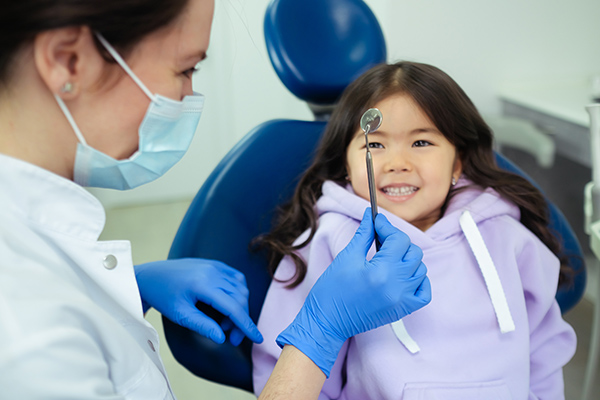
If left untreated, misaligned jaws, crooked or crowded teeth, or gaps in your child’s smile affect their chewing, speech, and breathing, and can eventually lead to more serious issues, such as TMJ syndrome, headaches, and neck, shoulder or back pain. Misaligned teeth are also more difficult to clean, increasing the risk of tooth decay, cavities, or other periodontal conditions. Orthodontic treatment uses constant, gentle pressure from a range of appliances and devices over a set period to realign the teeth and jaws for a healthy bite. A healthy bite is typically the sign of good occlusion, or alignment, of the front and back teeth.
Conditions that may benefit from early orthodontic intervention include:
Many orthodontic conditions are faster and easier to correct if they are identified and treated earlier in a child’s development than later before teeth are set and facial bones have stopped growing. These conditions include:
- Extra or missing teeth
- Severely crowded teeth
- Excessively spaced teeth
- Crossbites, overbites, or underbites
- Thumb, finger, or pacifier-sucking that has shifted the teeth or jaw
Benefits of Early Orthodontic Treatment
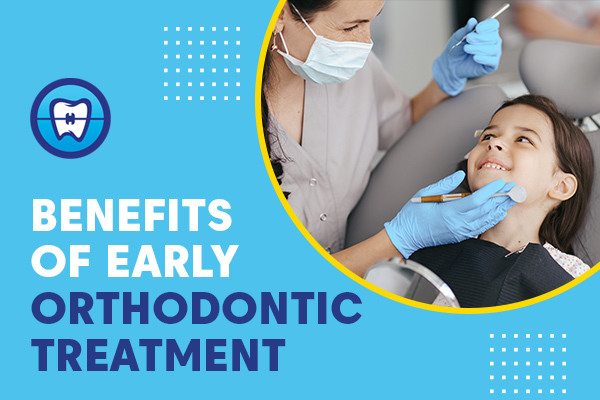
- Enhanced Dental Development: Early orthodontic treatment influences the growth and alignment of teeth, ensuring proper bite function and promoting overall oral health. It prevents the occurrence of more severe problems that may require more invasive treatment options later on.
- Improved Appearance and Confidence: Addressing dental irregularities at a young age can boost a child’s self-esteem and confidence. Straight, healthy teeth can positively impact their social interactions and overall well-being.
- Easier Treatment Process: Younger patients often have more flexible and adaptable teeth and jaws, making it easier and more efficient to correct dental issues. Early intervention can avoid the need for future complex treatments.
Start Early, Smile Bright: Embark on Your Child’s Smile Journey with Orthodontic Experts!
The optimal age for children to begin orthodontic treatment varies based on their specific orthodontic needs. While an initial evaluation by age 7 is recommended, the actual timing of treatment may differ for each child. Consulting with an orthodontist is the best way to determine when your child should start their orthodontic journey.
If you have any more questions about at what age can kids get braces and when to start orthodontic treatment for your child, feel free to reach out to Orthodontic Experts. Remember, early intervention can often lead to better outcomes and a healthier smile in the long run. Don’t wait, schedule your child’s orthodontic evaluation today!
FAQs
Is there a best age for orthodontic treatment for children?
The best age for orthodontic treatment for children varies depending on the individual needs of each child. While early treatment is sometimes necessary, many orthodontic problems can be effectively treated during adolescence when all the permanent teeth have erupted. The average age for braces treatment initiation is between 11 and 14. However, it’s important to remember that every child is unique, and the timing of orthodontic treatment should be determined by an orthodontist after a thorough evaluation.
Can a child get braces at age 8?
Yes, in some cases, a child may be recommended braces at age 8 if they have severe orthodontic issues that require early intervention. However, it’s important to note that not all children will need braces at this age. Only an orthodontist can determine the most appropriate timing for braces based on the child’s individual needs.
When should a child first see an orthodontist?
The American Association of Orthodontists recommends that children have their first orthodontic evaluation by age 7. This allows the orthodontist to assess their dental and skeletal development and determine if any early intervention is needed. However, if you have concerns about your child’s oral health or the alignment of their teeth at any age, it’s never too early to schedule a consultation with an orthodontist.
What are the benefits of early orthodontic treatment?
Early orthodontic treatment, also known as Phase 1 treatment, can help address certain orthodontic issues when the child is still growing. This phase of treatment usually involves the use of appliances, such as braces or expanders, to guide the growth of the jaw and create space for the permanent teeth. The benefits of early treatment include correcting bite problems, reducing the risk of trauma to protruding teeth, and improving the overall alignment of teeth and jaws.


